How to Organize a Kitchen for Maximum Efficiency
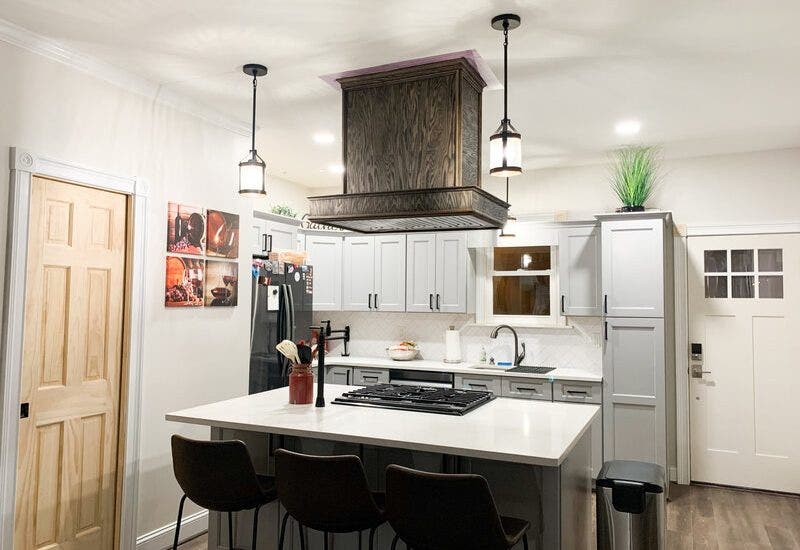
The kitchen is one of the most high-traffic areas of your home. So it’s important to keep it clean and organized, especially if you cook frequently. But there’s a lot to organize in the kitchen: dishes, cookware, appliances, and food. Don’t forget about anything you might’ve dropped going in and out of the house like keys, backpacks, and more. It can be hard to keep up!
We’re here to help make this process easy for you.
Here’s how to organize a kitchen for maximum efficiency. You won’t have any trouble finding what you need anymore – just follow these eight steps.
Table of Contents
1. Unload everything in your kitchen, cabinet by cabinet.
The first step takes the longest – remove everything from your kitchen cabinets. Yes, everything. You can go cabinet by cabinet or section by section in your kitchen. That makes organizing a little more manageable. If you haven’t set aside at least a few hours or an afternoon to do the organizing, consider going one cabinet at a time.
Once everything’s out, don’t forget to give your kitchen cabinets a quick clean. It might be a while before you take everything out of your cabinets again.
2. Toss any trash and donate what you don’t use at all.
Don’t be afraid to get rid of stuff. Some things you can donate if they’re not too old. Maybe you’ve got dishes you don’t use anymore collecting dust in the back of your cabinets. Throw out any empty household cleaners you don’t use as well.
3. Set it aside items that you use sparingly, maybe once a month or less.
Differentiate between what you still use every so often and what you won’t use at all. Put those items in the cabinet first so they’ll be in the back. This could include obscure cleaning products like shoe polish or maybe dishes that you only pull out for the occasional potluck.
4. Group similar items together.
In most kitchens, you’ll have three main groups of products, cleaning, cookware and cooking utensils, and food. You might have some miscellaneous items as well that shouldn’t even be stored in the kitchen. Chances are high you haven’t cleaned out your cabinets in a while. So you’d be surprised what you’ll find.
5. Decide what you want out on your counter: small appliances, decor, and the like.

Now look at your counter and decide if you like how it looks. What might be able to be stored in cabinets? Is there anything on the counter that you don’t use often?
6. Pick practical locations for the rest of your items. Keep food and cookware near the cooking area.
Identify a set station for your cookware, dishes, cleaning supplies, and miscellaneous items. Cleaning supplies typically go under the sink. You can also store them in a separate pantry if you don’t find yourself going through those cabinets daily.
Pots and pans are often stored in the surrounding cabinets around the stove. You can also install a pan rack on the side of the island or hang it over a kitchen island. Lower cabinets on your island are a great place for cookware too. Keep cooking utensils and other popular items close to the cooking area as well.
Dry food like snacks and cereals can be further from the stove than food that you’ll need while cooking. Keep spices, oil, and other essentials close by.
Not all the items in your kitchen will fall under cookware, dishes, or food. Set aside those miscellaneous items and try to find a place for them. It could be a small drawer or a corner of your pantry. Choose whatever area you feel is convenient, depending on how often you use those items.
You might not even need them in your kitchen, so consider moving them to a different room in your home too.
7. Clear some space for backup items.
You might like to stock up on certain items in the kitchen, especially food. If so, reserve some space in the back of your cabinets for all the overflow items. Or, pick a shelf or two where you’ll put everything that’s extra. Whenever you’re out of something, you can go check that cabinet to see if you have it tucked away.
8. Invest in drawer organizers, silverware drawers, and other items to make organizing easy.
As you’re organizing, you might realize you have a lot of different types of items. Tossing everything into one drawer isn’t quite organized enough. If this sounds like you, invest in some drawer organizers. The most common of these is a silverware drawer – you’ll see it in virtually every home. But you can also look for some separators to be even more organized. Maybe you want to separate the spatulas from the mixing spoons, or the plastic utensils from the stainless steel. You have several options when it comes to organizing each drawer or cabinet.
Remember that not everyone has the perfect kitchen setup. But, work with what you have.
There are a lot of different types of kitchens out there. You might have shaker cabinets, open shelving, island storage, a separate pantry, no pantry…there are endless designs. In short, you’ll want to work with what you have.
Click here to discover the best kitchen degreaser sprays for a spotless clean.
If you feel like you’re genuinely cramped and need more room in your kitchen to function and be comfortable, you might consider a renovation. For a large-scale renovation, maybe you want to tear down an interior wall to open up your kitchen a bit. That could give you some extra space to work with.
Open kitchens are gaining popularity today because they give the illusion of a lot of space. As the word suggests, open kitchens literally feel more “open.”
Or, on the less involved end, it might be possible to add a cabinet or two or install additional shelving.
You can also think about where else you can store things outside your kitchen. You won’t want to store your most popular dishes outside the kitchen, but you can use the extra storage in a pinch.
We hope our post on organizing your kitchen efficiently was helpful. Follow our step-by-step guide and you’ll have an organized kitchen in no time. Thanks for reading!
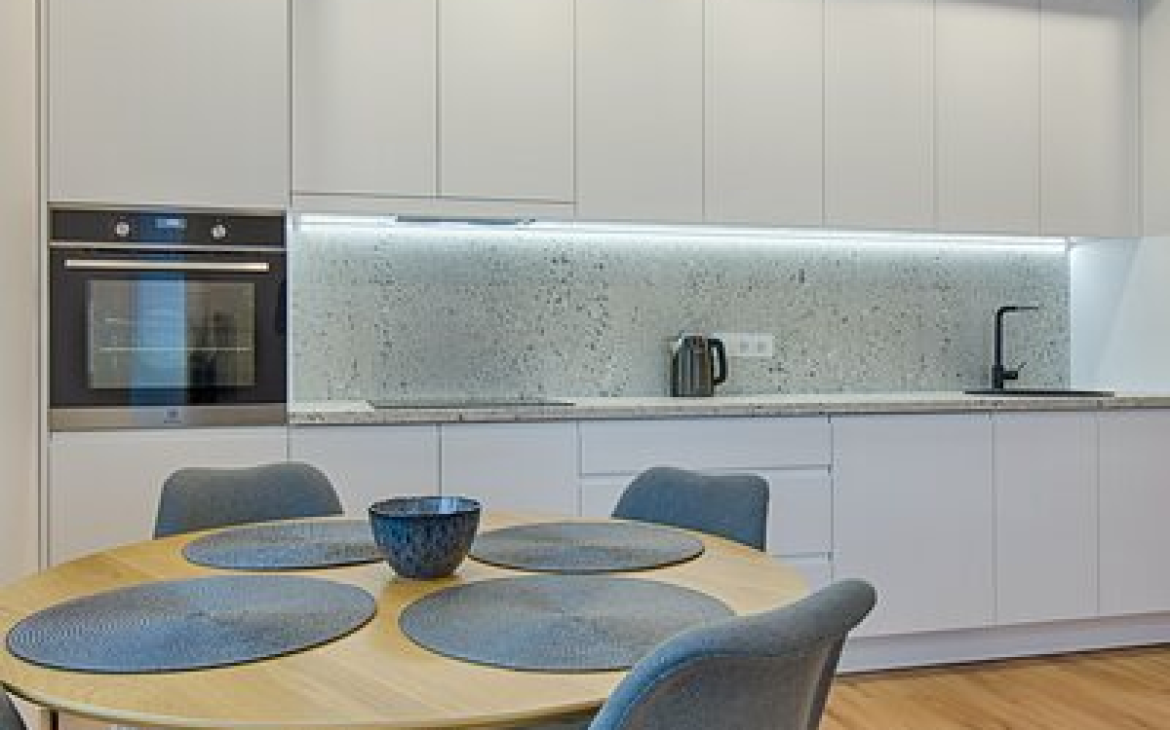
Frequently Asked Questions
Is it OK to stack pots and pans?
Yes, you can stack pots and pans that nest together. To help protect the pans from damage, set a paper towel or rag in between the pans.
Where should heavy pots and pans be stored and why?
- On top of your fridge
- On the bottom shelf of your cabinetry.
- On a pan rack (if used often) – secure the rack to studs so they can support the weight of your pans
- In a deep cabinet drawer
Avoid storing the heavy pans on upper shelves because the shelves may not be able to handle their weight.
How do you store 9×13 dishes?
The most efficient way to store 9×13 dishes is on a secure, bottom shelf. This is probably one of your larger pans and it may be fragile. So set aside a specific place for it. If you have smaller dishes of the same shape, you can stack them inside the 9×13 dish.
What is the best way to store a mixing bowl?
Stack your mixing bowls from largest to smallest to save the most space. If you use a couple of them more often than others, put those in a separate stack that’s more accessible. Store your mixing bowls close to the prep area where you mix ingredients for all your cooking and baking.
Related Articles
Where to Put Knobs and Handles on Kitchen Cabinets




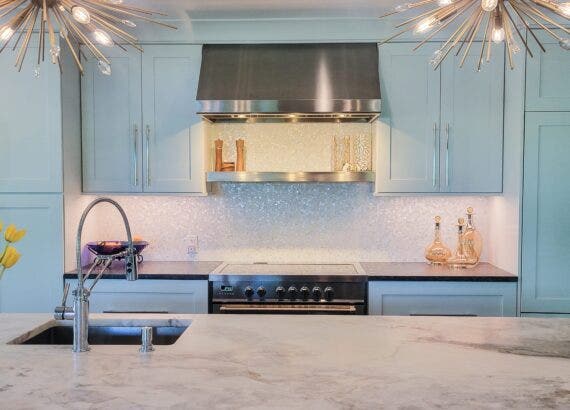
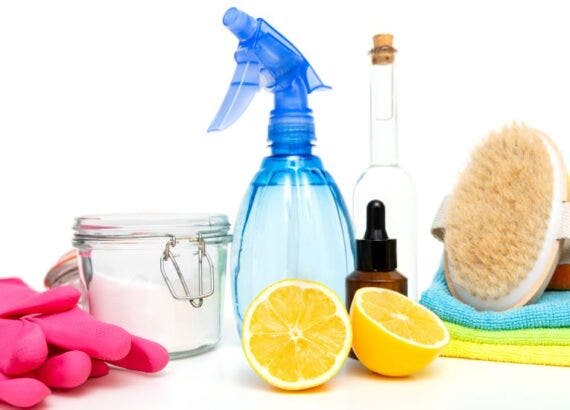
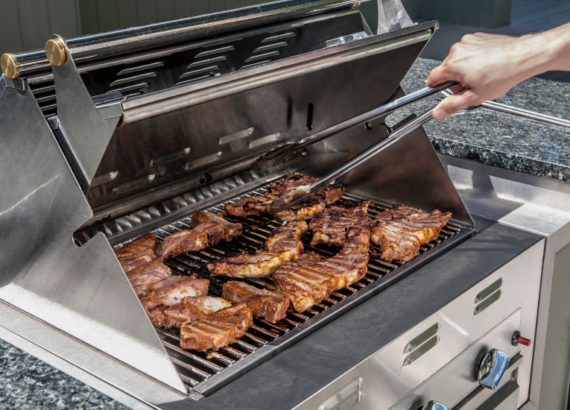
Comments are closed.